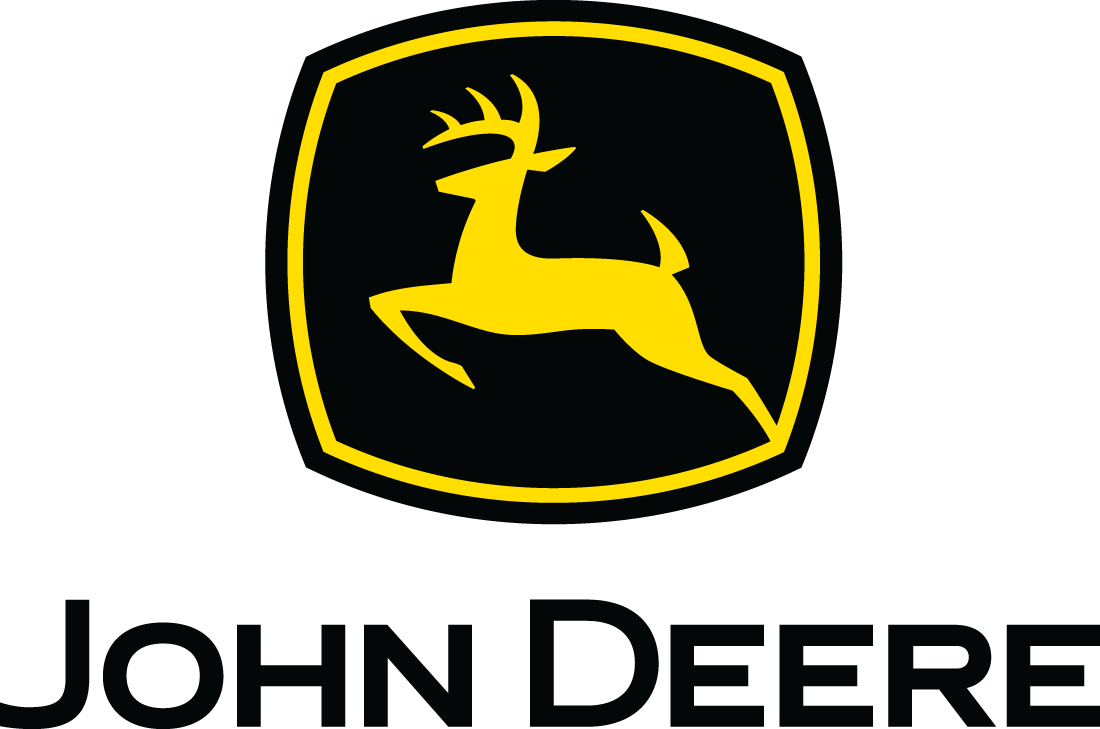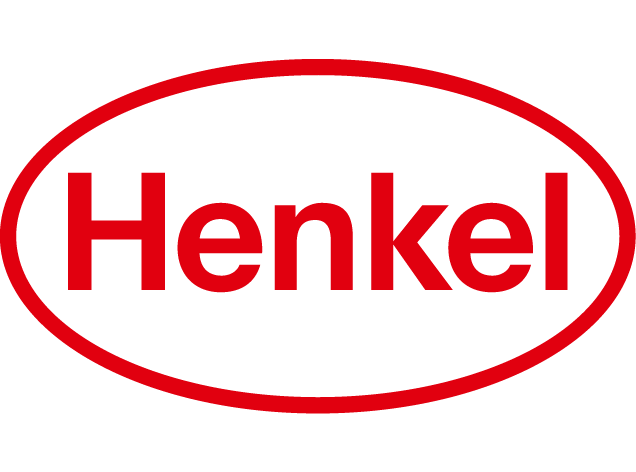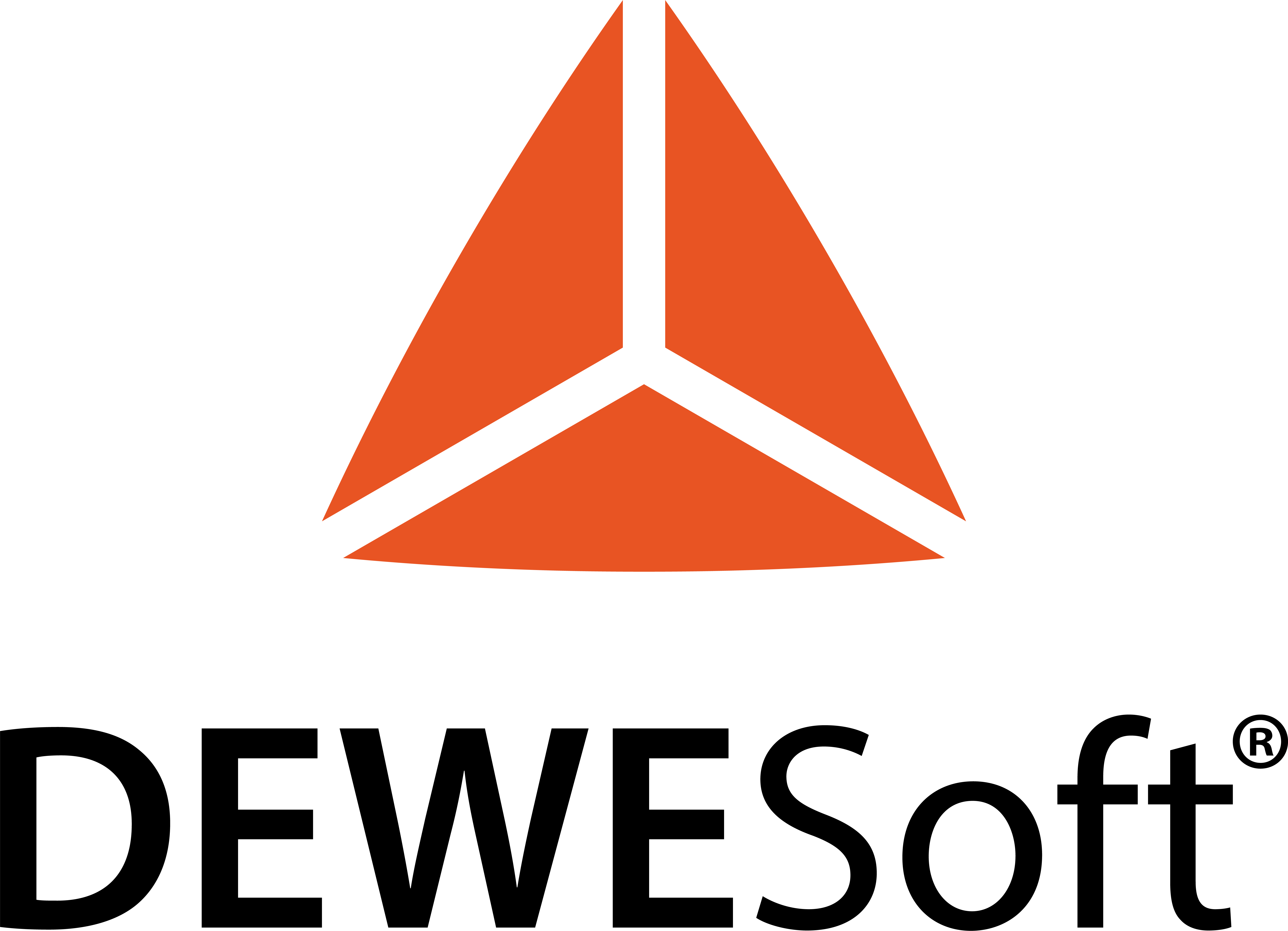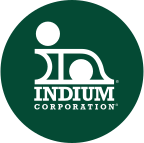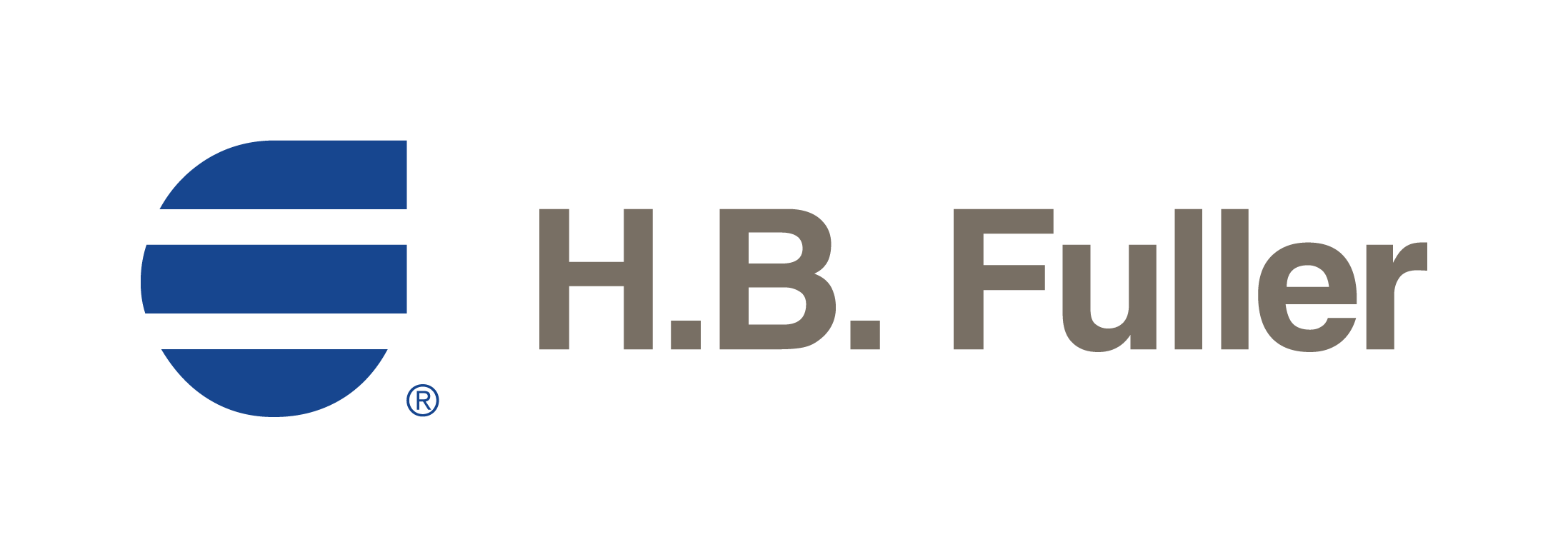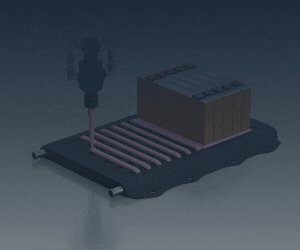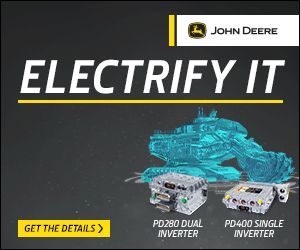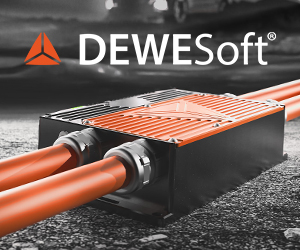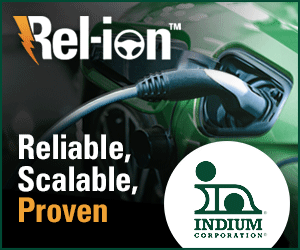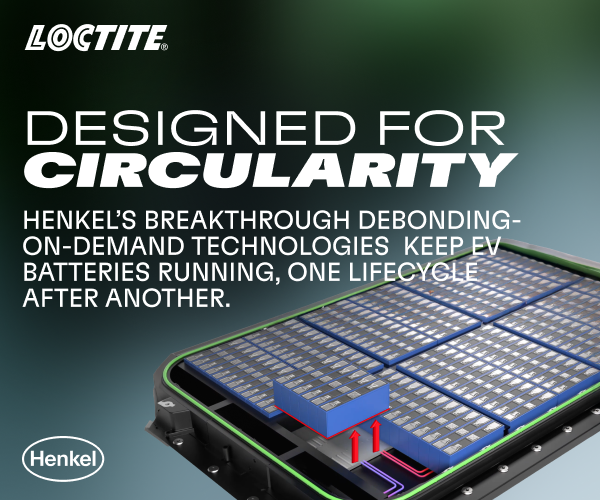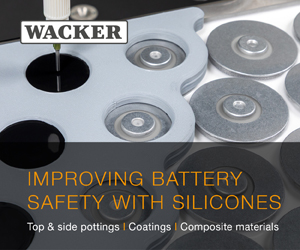Innovative battery cell production cuts energy use by 70% with Dürr and GROB dry coating technology
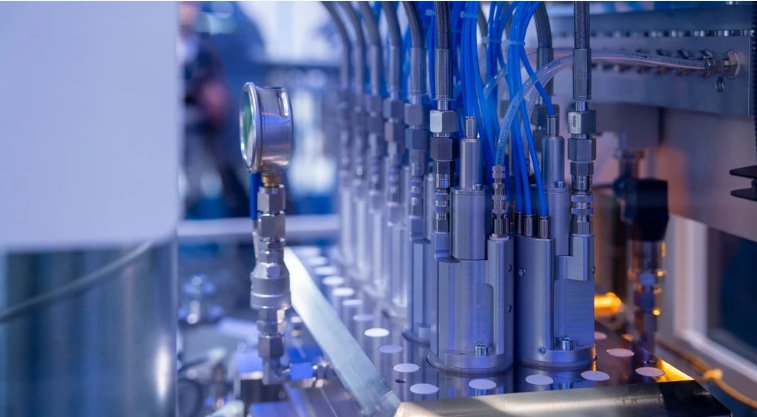
(Image courtesy of Dürr)
Dürr and GROB have developed a battery cell production concept factory focused on reducing energy consumption and space requirements while improving performance and battery quality. The concept employs dry coating technology that eliminates the drying stage by using a dry-mixed active material pressed into a free-standing film and laminated onto the collector foil. This process saves energy and space by avoiding solvent recovery and treatment, and it enhances material efficiency by returning excess film to the production process. The dry coating system, part of Dürr’s X.Cellify DC product family, demonstrated stable performance and scalability in proof-of-concept testing and is targeted for pilot projects at gigawatt scale.
For the assembly of cells, GROB introduced a new Z-folder incorporating a notching process and designed to maintain low tension on separator material via deflection rollers. This assembly line component achieves high availability and compact footprint. Dürr also developed a high-pressure electrolyte filling method that operates at up to 30 bar, significantly higher than conventional processes, enabling precise dosing and shortening filling and penetration times without residual gas.
The prototype facility is housed at Dürr’s Ingecal site in France, specializing in calender technology. The dry coating process forms a free-standing film through calendering, which is further compressed to the desired parameters before lamination. Not requiring a carrier foil until the final lamination step allows nonconforming film to be recirculated, reducing material scrap. The process also improves downstream handling by limiting foil deformation, enhancing reliability in stacking and notching.
This dry coating technology combines Dürr’s electrode expertise and system integration, Ingecal’s calender precision, and LiCAP Technologies’ Activated Dry Electrode process. Digital factory planning and monitoring integrate Dürr and GROB equipment operations through a digital twin and MES/MOM software from Dürr subsidiary iTAC. This enables full process traceability and quality control, increasing production efficiency.
In parallel, Dürr continues developing its wet coating systems with advances such as automated slot die profile controls for uniform layer application, reducing startup times and scrap. Energy efficiency improvements include laser dryers that double web speeds and calender machines employing dynamic gap control to precisely compress coatings with minimal applied force.
The technology focus is to deliver battery production with 50 percent less space use and 70 percent lower energy consumption, addressing cost, efficiency, and sustainability for automotive and stationary storage applications.
Click here to read the latest issue of E-Mobility Engineering.
ONLINE PARTNERS
